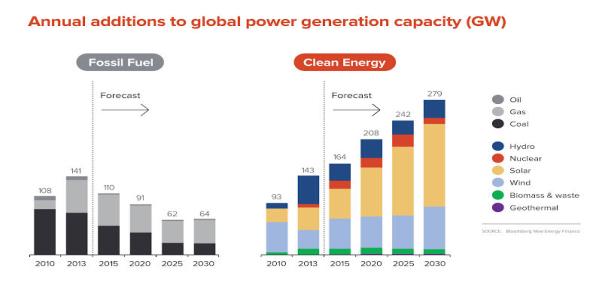
This technical note sets out the analysis underpinning the emission reduction recommendations of the Global Commission on the Economy and Climate’s 2015 report. It explains baseline scenarios and the estimate of the emissions required for a 2C pathway.
Downloads
671.88 KB
1.2 MB
459.69 KB
5.38 MB
![]() Seizing the Global Opportunity: Partnerships for Better Growth and a Better Climate
Seizing the Global Opportunity: Partnerships for Better Growth and a Better Climate
6.21 MB
743.63 KB




















